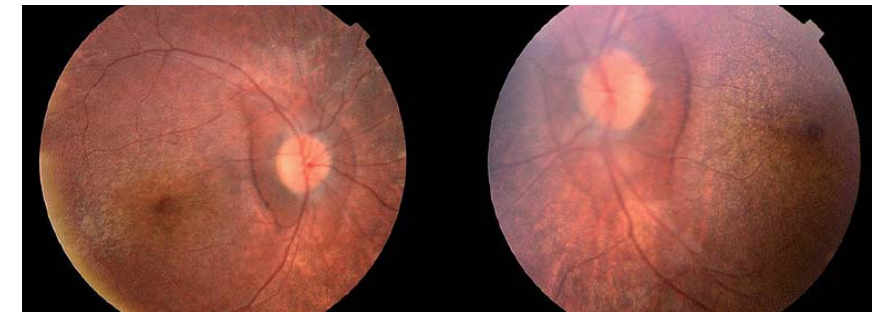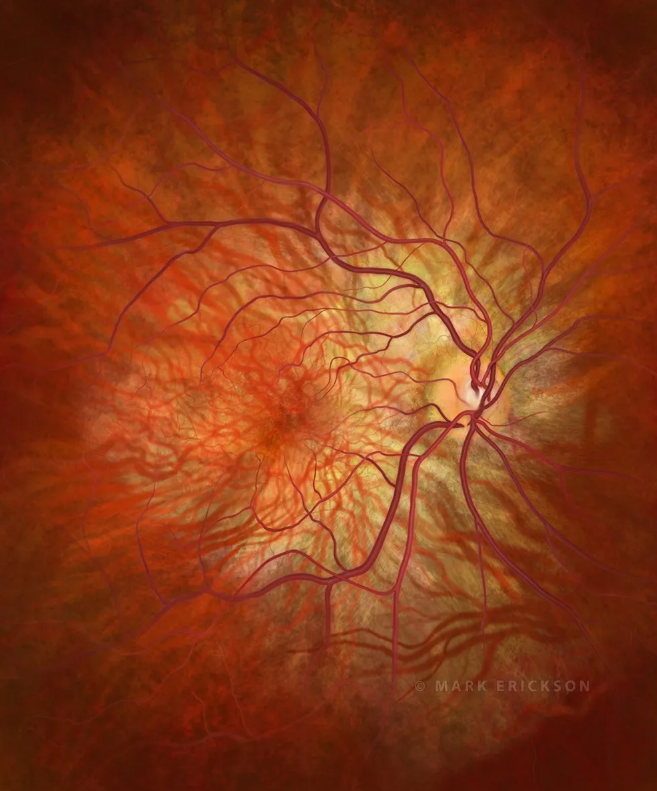Dr. Zuhal Butuner Discusses Leber Congenital Amaurosis (LCA)
Leber congenital amaurosis (LCA) is a rare genetic eye disorder that often leads to blindness in affected infants at birth. Dr. Zuhal Butuner mentions along with blindness, other symptoms such as crossed eyes (strabismus), rapid involuntary eye movement (nystagmus) , unusual sensitivity to light (photophobia) , clouding of the lenses of the eyes (cataracts) , extreme farsightedness (hyperopia) and a cone shape to the front of the eye (keratoconus) may also occur. The condition is typically inherited as an autosomal recessive genetic disease.
What causes LCA?
According to Dr. Zuhal Butuner, Leber congenital amaurosis (LCA) is caused by mutations in at least 20 genes that are crucial for the function of the retina and for maintaining normal vision. These genes are involved in different aspects of the development and function of the retina.
For instance, some of the genes associated with this disorder are required for the normal development of photoreceptor cells, which are responsible for detecting light. Other genes are involved in phototransduction, a process by which the signals of light entering the eye are converted into electrical signals that are sent to the brain. Moreover, some of the genes are crucial in the function of cilia, which are small hair-like projections on the surface of cells. In the retina, cilia are vital for vision.
The condition is caused by variants in genes that are responsible for the development and function of the retina. Among these, CEP290, CRB1, GUCY2D, and RPE65 are the most common culprits, accounting for a large percentage of cases. However, variants in other genes can also be responsible for the condition, albeit in a smaller percentage of cases. Despite the differences among the genes involved, their impact on the retina is similar and results in the same outcome: a loss of vision and a lifetime of challenges for those affected.
How can a person be affected by LCA?
Leber congenital amaurosis is an inherited disease that typically follows an autosomal recessive pattern of inheritance. Dr. Zuhal Butuner explains that both copies of the gene in each cell have variants. When parents carry only one copy of the altered gene, they typically do not show any signs or symptoms of the disease. In the case of Leber congenital amaurosis, this means that the condition can pass silently from one generation to the next until it manifests in a child who inherits two altered copies of the gene.
When caused by variants in the CRX or IMPDH1 genes, the disorder follows an autosomal dominant pattern of inheritance. Autosomal dominant inheritance requires that only one copy of the mutated gene in each cell is enough to result in the disorder. In some cases, this mutation is inherited from one affected parent. However, other cases arise from new variants and occur in individuals with no prior family history of the disorder. It is essential to be aware of the genetic inheritance patterns for Leber congenital amaurosis, particularly when counseling patients and families about their risk.
How is LCA treated?
There are supportive treatments available that can help improve the sight of children with this condition. Eye care specialists typically use eyeglasses and low-vision aids like magnifying glasses or reading prisms to treat LCA symptoms. In 2017, the FDA approved the first gene therapy for LCA caused by mutations to the RPE60 gene. With gene therapy, doctors can introduce a healthy copy of a gene into the eye, replacing or inactivating disease-causing genes. An eye care specialist can help determine whether your child is a good candidate for gene therapy.
To read about Dr. Zuhal Butuner’s invaluable insights on eye health and wellness, please visit this webpage.

